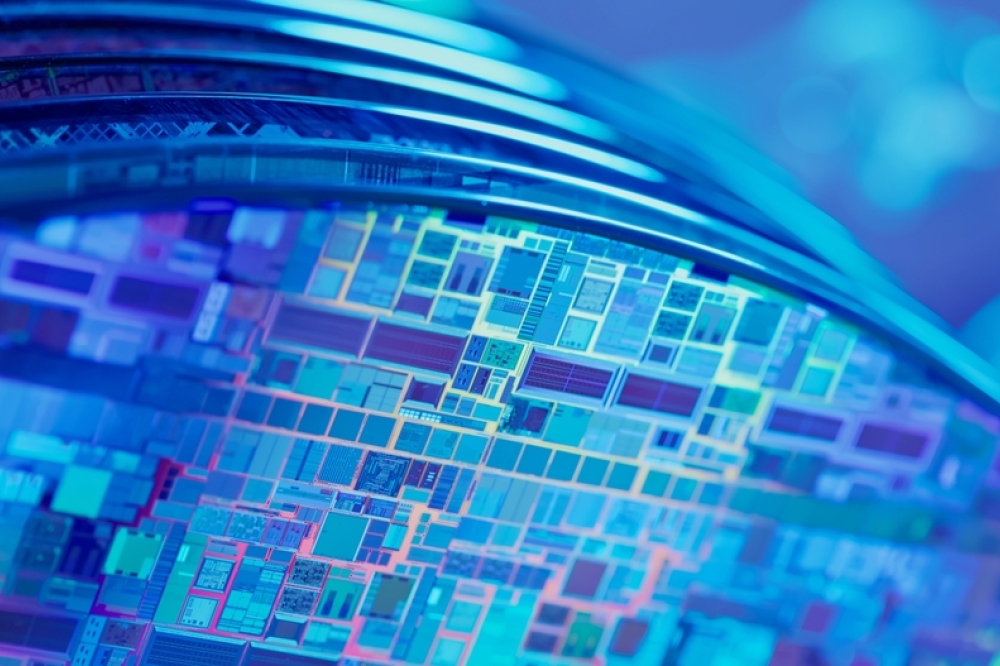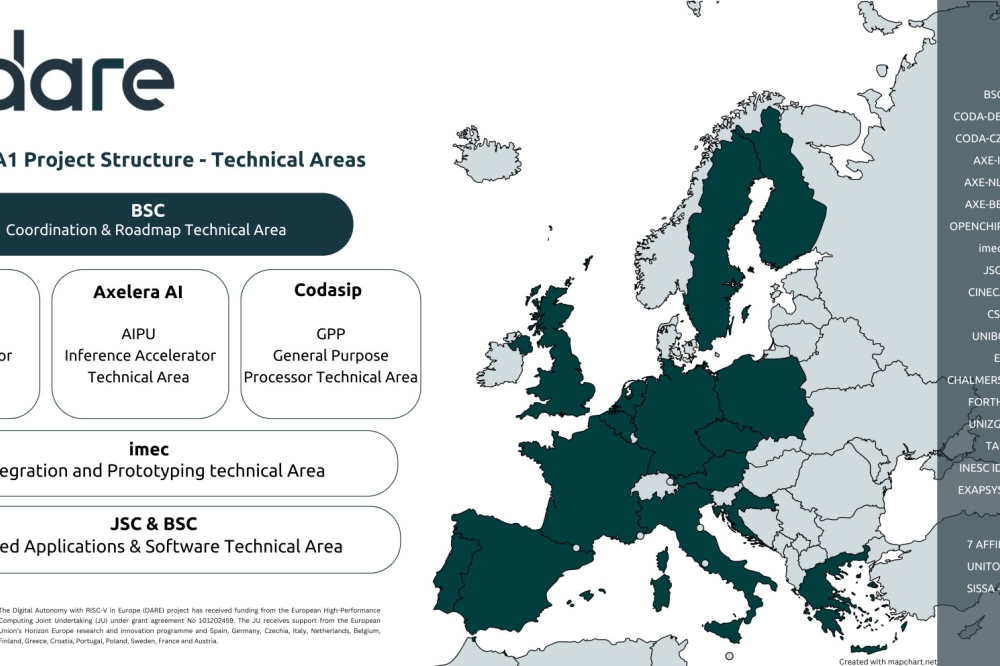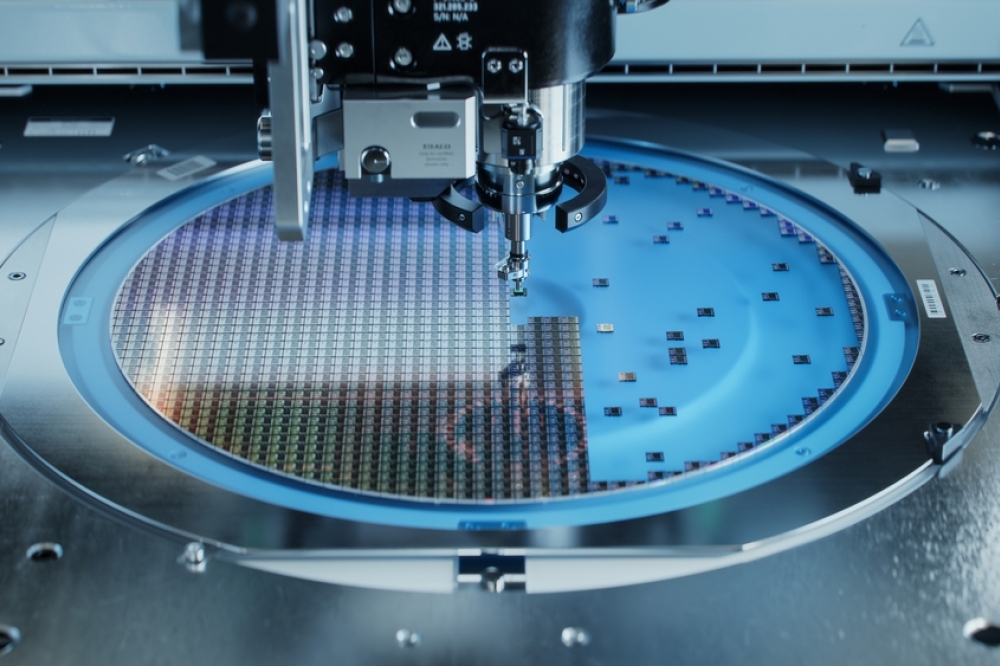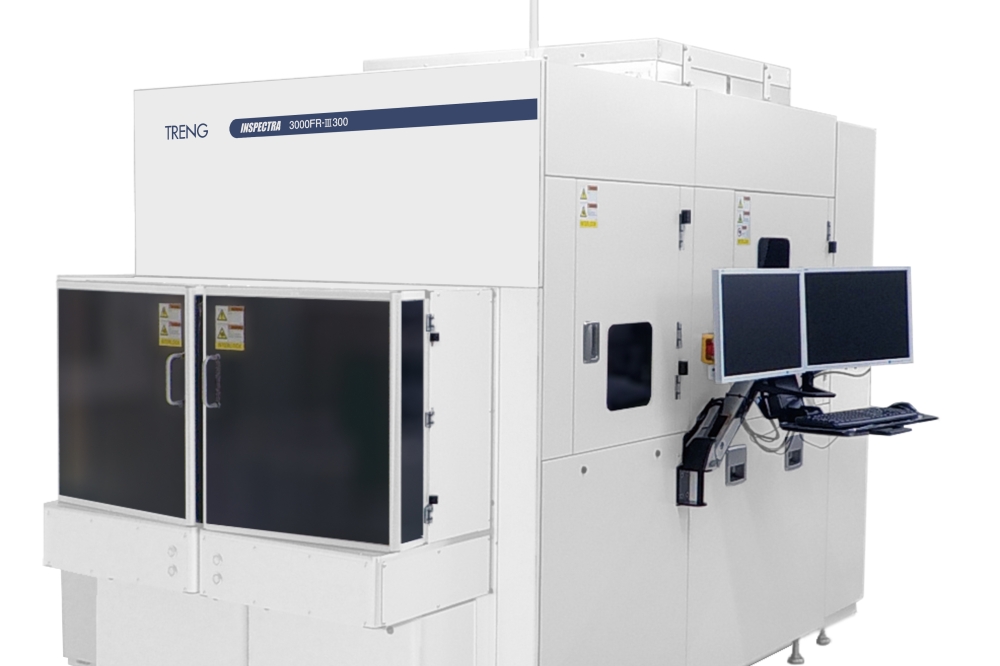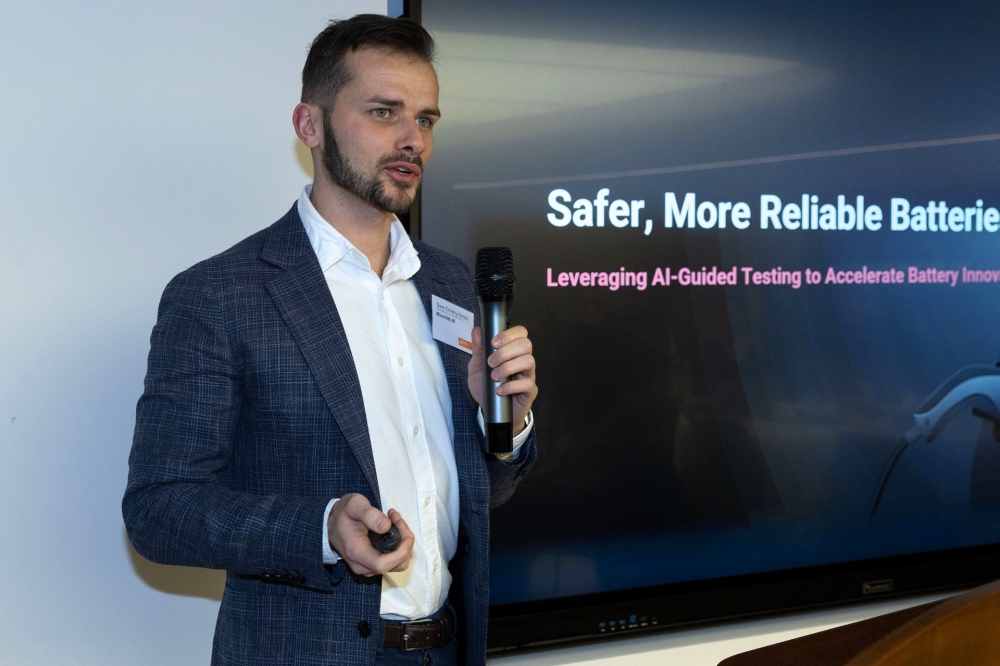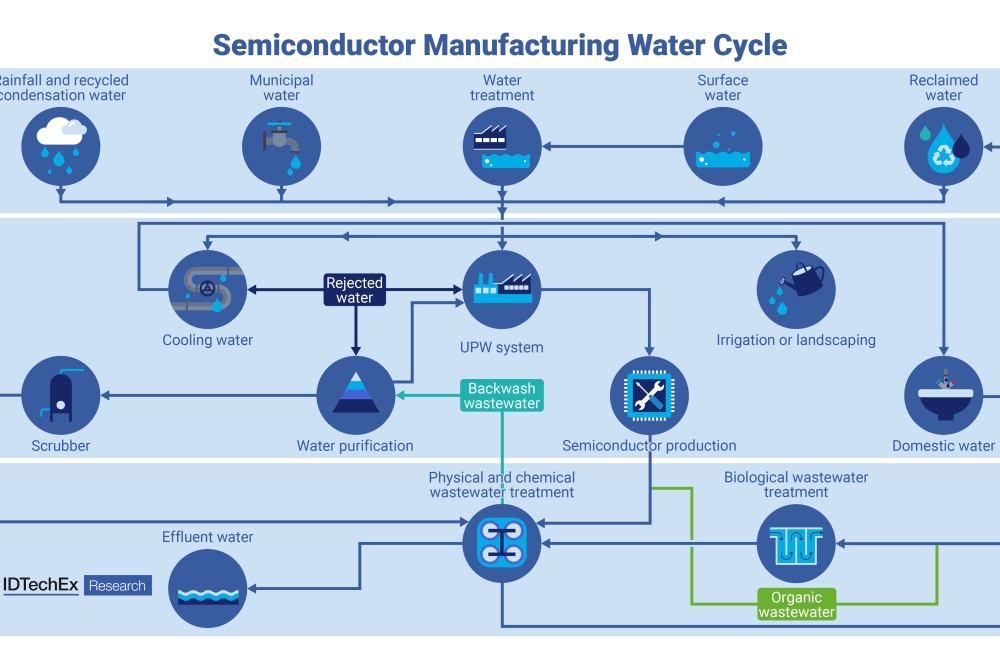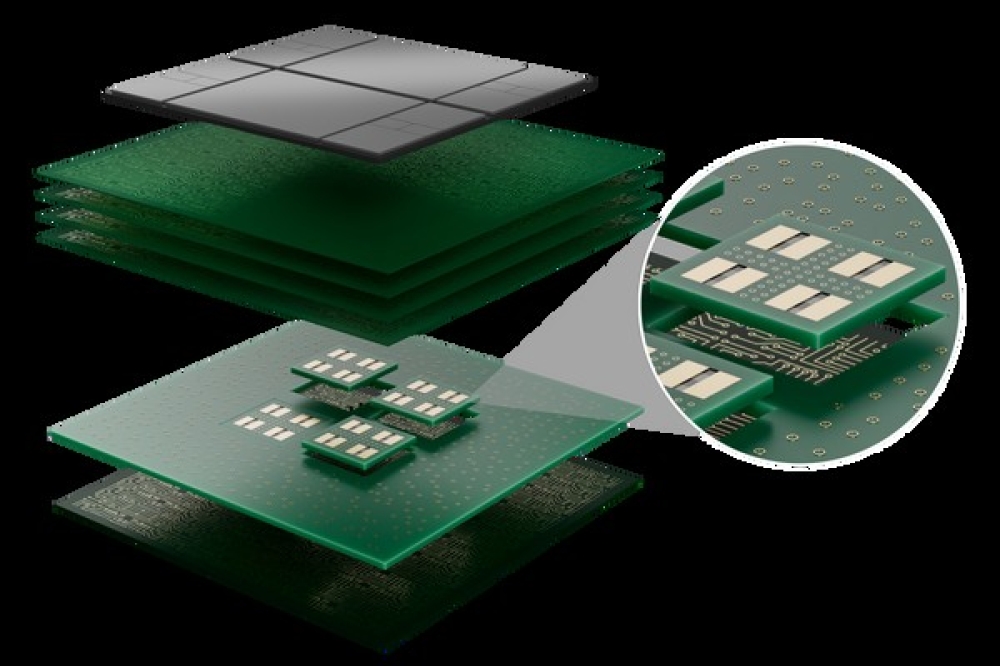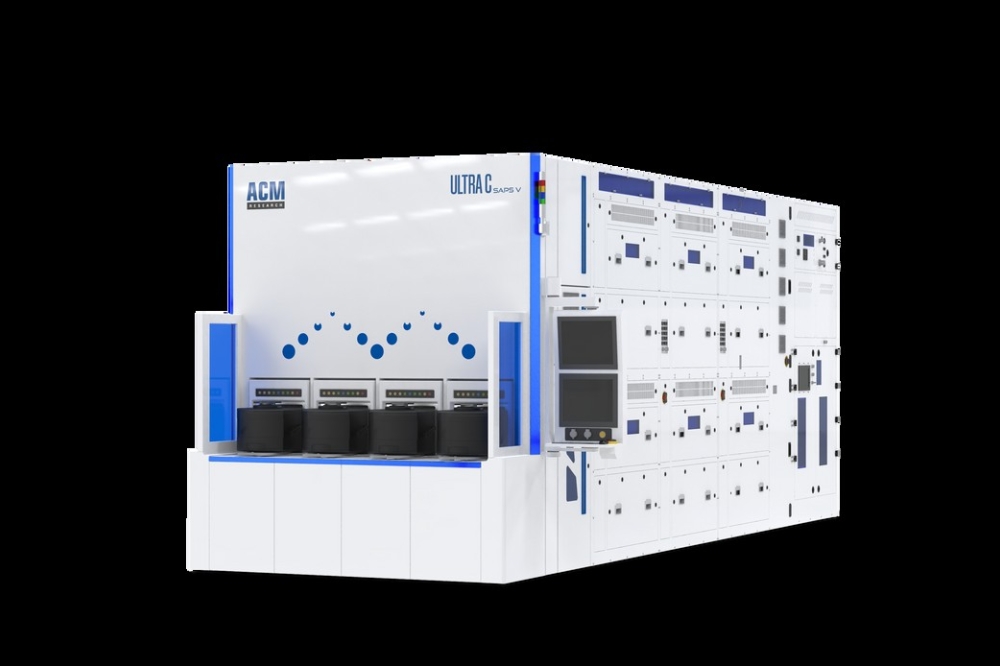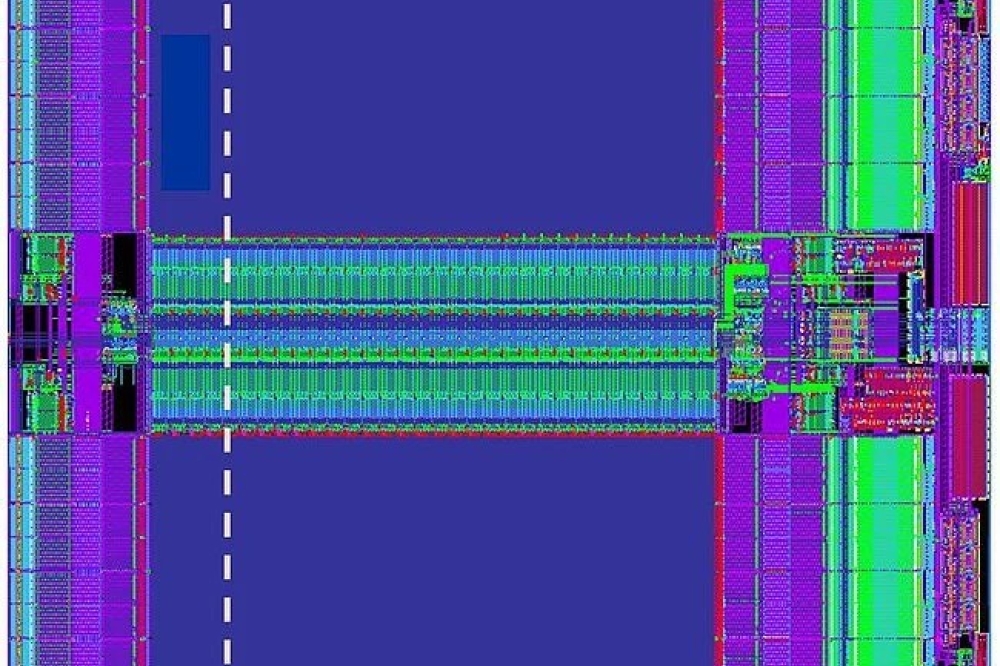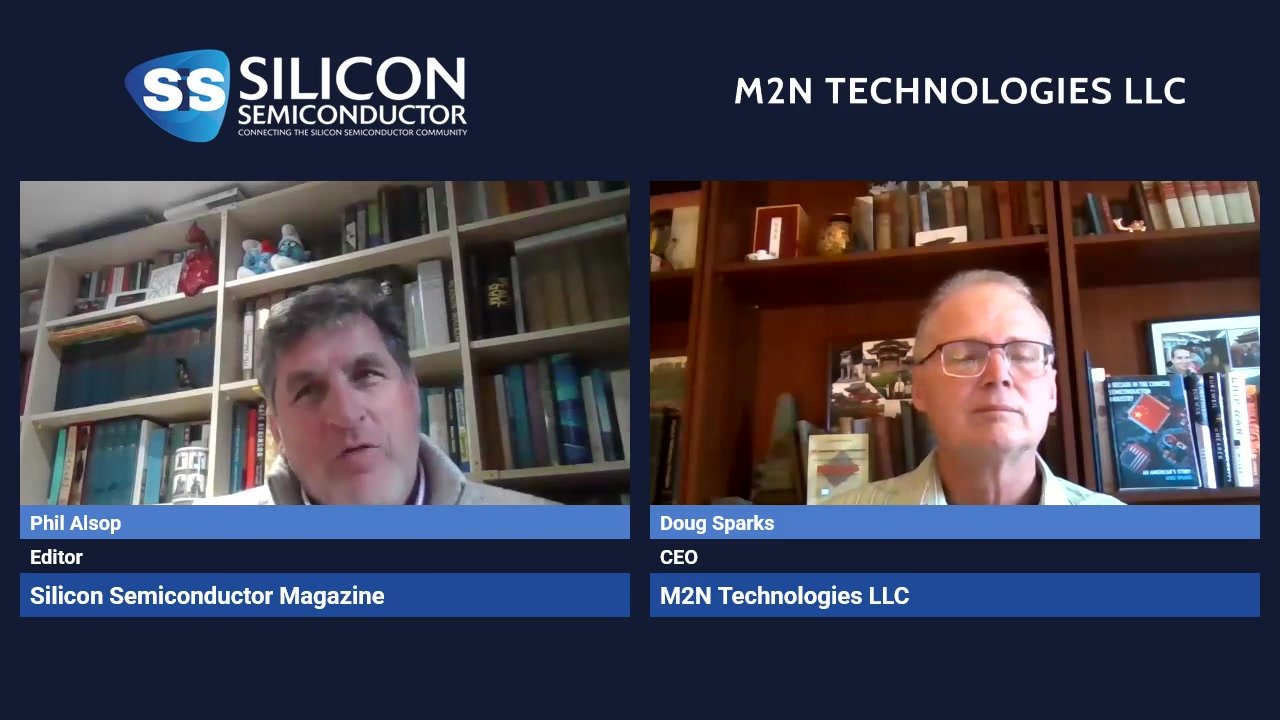Beyond silicon
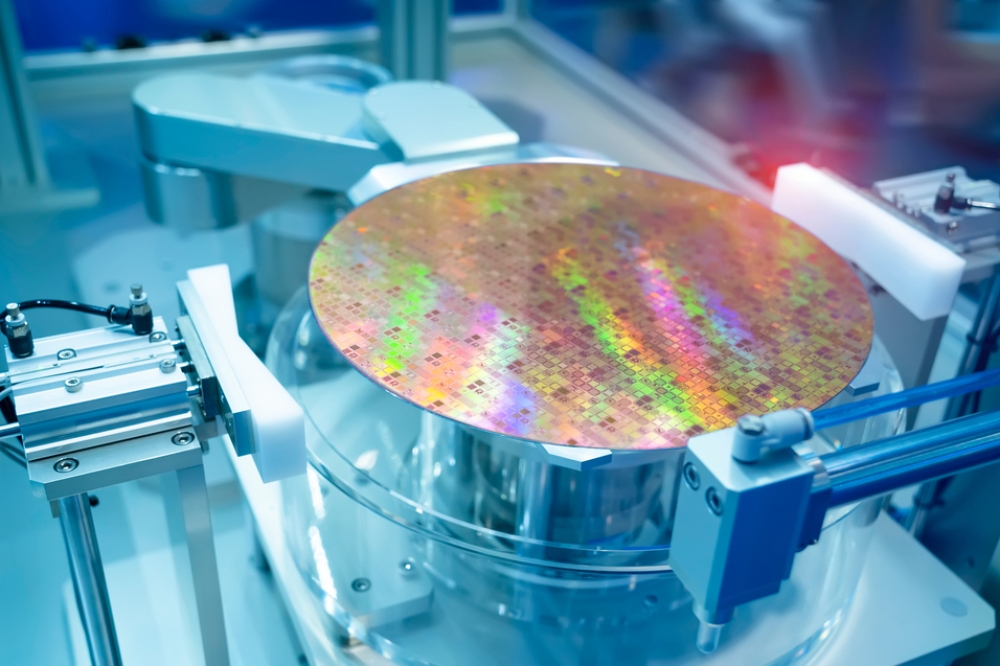
IDTechEx explores new materials for Photonic Integrated Circuits, thanks to Sam Dale, Senior Technology Analyst at IDTechEx.
Photonic Integrated Circuits (PICs) use manufacturing processes developed for the semiconductor industry to miniaturize complex optical functionality onto a chip. PICs offer significant advantages over electronic ICs. Since light travels around 3X faster than electricity, PICs can transmit data with much higher throughput. Propagation losses are also typically much smaller compared to resistance losses in electronic ICs. These attributes allow photonic waveguides to achieve up to ten times better data transfer efficiency, one hundred times higher bandwidth, and much shorter latency (0.3 times) when compared to their electronic counterparts, whilst typically saving energy too. Additionally, PICs can be integrated into modern CMOS processes and are relatively easy to combine with existing electronic systems. This enhances their versatility and effectiveness in advancing data communication technology.
It should come as no surprise that PIC transceivers are fast becoming essential tools in the AI revolution, where they speed up connections between nodes in data centers whilst reducing power consumption, allowing larger AI models to be trained and executed. IDTechEx's recent report on the topic, "Silicon Photonics and Photonic Integrated Circuits 2025-2035: Technologies, Market, Forecasts", predicts this application to be the major contributor to its US$54 billion forecast for the PIC market in 2035. However, the impact of PICs will be felt across many other applications, including connecting 5G base stations together, LiDAR, and even photonic quantum computing.
Silicon Photonics: Why Are Alternative Platforms Important?
Opportunities for photonic integrated circuits platforms are expected to grow in the next decade. Source: IDTechEx
Silicon photonics, which takes advantage of existing semiconductor processes, is the most common PIC material class. This typically uses a silicon-on-insulator (SOI) material platform of silicon and silica. Compatibility with mature-node processes has meant that a wide swathe of the foundry market has invested in PIC manufacturing, with TSMC highlighting the technology's importance with its introduction of a 65nm silicon photonics manufacturing process in 2024. However, as the market explodes over the next decade, the opportunities for alternative materials that do not suffer from some of the disadvantages of silicon photonics are expected to grow.
Replacing silicon in SOI systems with silicon nitride (SiN) offers an alternative silicon photonics platform. Silicon nitride has lower losses and greater power efficiency, with a wider transparency window. However, its manufacturing ecosystem is limited, and SiN's low dielectric contrast with silica increases area usage. Thus, it is mostly used in non-communications applications where the materials' wide transparency range is most important, like gas- and bio-sensing.
Silicon has an indirect bandgap, making it an inefficient light emitter. This necessitates combining silicon with III-V materials to integrate lasers and photodetectors, increasing platform complexity. Building PICs on a monolithic indium phosphide (InP) platform solves this issue. InP has a direct bandgap, suitable for light sources and photodetectors, and is already used in telecommunications. However, InP PICs are generally more expensive, with higher adsorption losses and smaller, costlier wafers.
These factors have limited uptake of monolithic InP, with the material more commonly integrated into silicon photonics platforms instead. Nonetheless, IDTechEx noted that it offers the most well-rounded performance amongst PIC materials during its material platform benchmarking for "Silicon Photonics and Photonic Integrated Circuits 2025-2035: Technologies, Market, Forecasts", with projected cost savings over the next decade expected to increase its importance in the overall market.
Thin Film Lithium Niobate (TFLN) PICs are at a lower technology readiness level. TFLN's chemical stability limits compatibility with standard CMOS processes, and, as with silicon, other materials must be integrated as light sources and detectors. However, TFLN's low-loss and strong electro-optical performance, thanks to its moderate Pockels effect, make it ideal for high-performance modulation applications, including quantum systems and ultra-high throughput transceivers.
Barium Titanite (BTO) exhibits one of the strongest known Pockels effects and an electro-optical coefficient 100 times larger than TFLN, marking the gold standard for modulation performance. However, its higher losses compared to TFLN limit its usefulness in transceiver applications, suggesting that quantum photonic systems where modulation efficiency is paramount mark its best product-market fit. While important in the long term, this is expected to represent scaling challenges. Unlike TFLN, BTO lacks an open PDK (Process Design Kit), adding to adoption challenges.
The Future of Photonic Integrated Circuits
IDTechEx's analysis expects SOI to remain dominant in the PIC market. However, monolithic InP and TFLN are projected to gain market share due to growing applications beyond communications and the need for ever-higher modulation speeds in computing.
Despite its shrinking share of the overall pie, the silicon photonics market is expected to continue growing at a CAGR of 20% over the 10-year forecast period of IDTechEx's report, "Silicon Photonics and Photonic Integrated Circuits 2025-2035: Technologies, Market, Forecasts", representing huge opportunity. The report compares silicon photonics and emerging platforms, outlining key players and applications such as AI transceivers, co-packaged optics, and programmable photonics to forecast market growth.



